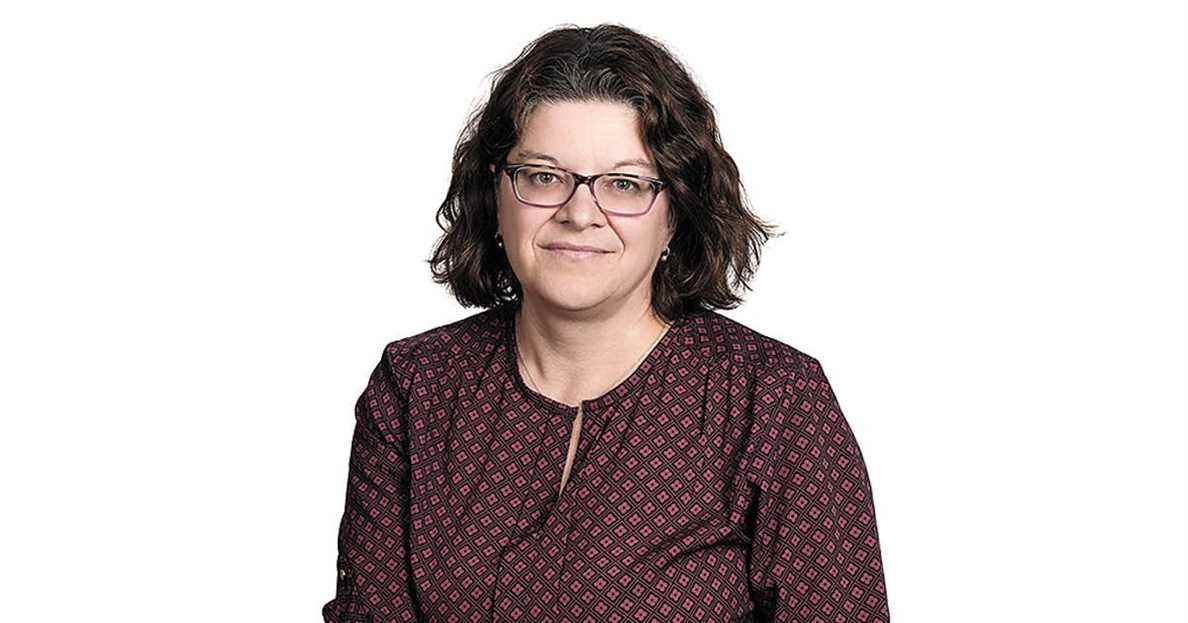The Easter holiday will be family and festive, synonymous with large tables and parties unmasked if… that is your wish. The statistics may well point to a red flag type situation, with a high absenteeism rate in the health network and hospital capacity on the verge of breaking down, the population is invited to “manage its risk” and to take the decisions it deems best. But will she do it knowingly?
All you have to do is take a quick quick poll around you to understand that this 6and wave, which is said to be responsible for 40,000 to 60,000 cases per day, is hitting Quebec hard, at least in terms of contagiousness. The acting national director of public health, Luc Boileau, said it bluntly during a press briefing on Wednesday: if the population of Quebec were not vaccinated as they are currently, we would face a ” slaughter”. However, the number of deaths remains stable.
Hospitalizations are indeed on the rise – 2,060 beds occupied on Wednesday, including 83 in intensive care – and the number of absent health workers is around 13,000 people. The National Institute for Excellence in Health and Social Services (INESSS) unveiled projections on Wednesday that suggest that the hospitalization rate will continue to increase for another two weeks, after which a drop in the curve is expected. On top of all this, hospitals are coping with the unexpected onset of flu season, which is rather rare at this time of year. Wearing a mask, the lifting of which is scheduled for 1er next May, will do double duty by protecting on a two-for-one basis.
Just a few weeks ago, so many red lights on the government radar had culminated in a curfew imposed on the passage of the New Year. This time, the chocolate fiesta will be celebrated on an individual risk management mode, because Quebec stays the course by crumbling its recommendations for enlightened caution, nothing more. Hospitals are still under high pressure and we warn that load shedding is again in sight, but the tone is no longer the same.
It is that the point of no return has been crossed: the population is worn out by these waves of pandemic which shake without respite and tolerate less and less this duration which stretches out that no one could have predicted; the vaccines, it is true, produced their effects and prevented for Omicron and BA.2 the development of serious consequences of the disease for a vast majority of the infected population; the return to normal, and its beneficial effects in particular on the economy and mental health, is called for from all sides. In short, the return of health restrictions is nowhere envisaged, and governments around the world are calling on them to live conscientiously and with caution “with the virus”.
To “life with the virus” we now add “risk management”. This is an immense responsibility that requires a solid mastery of information. To make informed decisions — get the booster shot? when ? avoid gatherings? resume social life as before? — in full knowledge of the facts, citizens still need clarification and a coherent message. However, we can not help noticing a certain absence of the State for the last few weeks, where press briefings are less frequent and are almost always led by the director of public health alone. Living with the virus, would that be it too? Resume the normal course of the political program, dare to joke with the virus, focus on other “priority priorities”, even set course for an electoral campaign?
The gentle withdrawal of politics from the COVID discourse is not without effect: it seems to have created a sense of security in the population who, in the midst of the 6and vague, yet should not let our guard down. Only half of those aged 5 and over received a third dose in Quebec, even if the first and second doses lost the strength of their coverage over time. The booster dose is now recommended for certain age groups, but experts disagree on the ideal time to receive it.
However, vaccination remains the sinews of war. This week, while the DD Theresa Tam confirmed that all of Canada was swimming in the 6and vague, she recalled that the booster dose made it possible to increase protection against the serious consequences of the disease to 90%. And at the same time had a significant beneficial effect on vulnerable populations, older, immunocompromised or suffering from comorbidities weakening them. To each his risk management, of course, but knowing the effects that our decisions can have on the groups most at risk.
